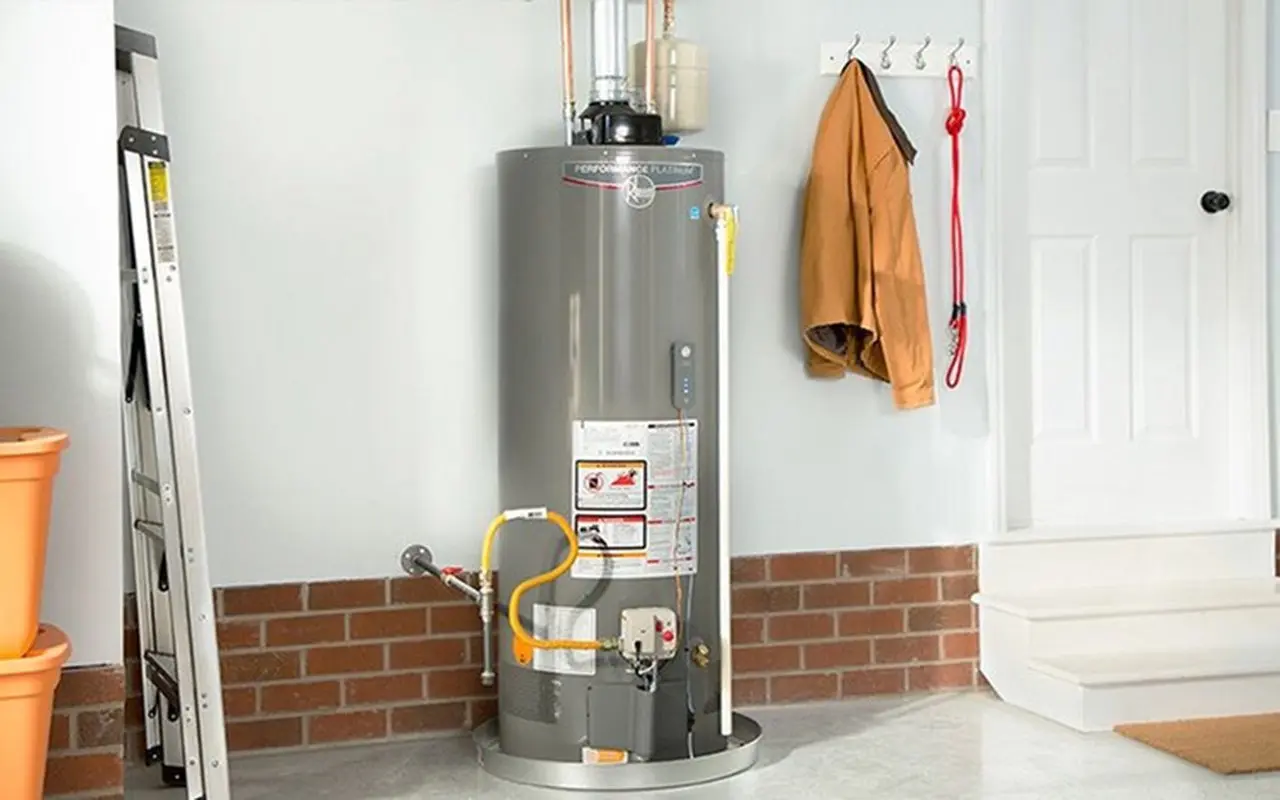Notifications

6 minutes, 53 seconds
-6 Views 0 Comments 0 Likes 0 Reviews

A reliable supply of hot water is something every homeowner expects, but many don’t think about their water heater—until it stops working. Water heater failure can cause cold showers, increased energy bills, and even property damage. Knowing the most common causes of these failures and how to avoid them can save you time, money, and frustration.
In this guide, we’ll explore the top causes of water heater failure and provide actionable solutions to help you maintain your system and extend its life.
1. Sediment Buildup
The problem: Over time, minerals from your water supply, especially in areas with hard water, settle at the bottom of the tank. This sediment layer reduces your heater’s efficiency and can damage the tank lining.
How to avoid it: Flushing your water heater annually helps remove accumulated sediment and keeps the system operating efficiently. Most manufacturers recommend doing this at least once a year to prevent overheating and tank corrosion.
2. Corrosion and Rust
The problem: Even though most water heaters are equipped with a protective anode rod designed to reduce corrosion, over time this rod wears out. When the rod is depleted, the tank’s metal parts begin to rust and weaken.
How to avoid it: Inspect and replace the anode rod every 3 to 5 years. If you notice rusty water or discoloration, this may be a sign the rod is no longer effective and should be replaced as soon as possible.
3. High Water Pressure
The problem: Excessively high water pressure can damage not just your water heater but also other plumbing fixtures in your home. It can lead to leaks, stress fractures, and a shortened appliance lifespan.
How to avoid it: Install a pressure-reducing valve (PRV) if your water pressure exceeds 80 psi. You can check your home’s water pressure using a simple gauge available at most hardware stores.
4. Thermostat Failure
The problem: The thermostat regulates your heater’s water temperature. If it fails, your water may become too hot or not hot enough. Overheating can lead to scalding and increase the risk of tank damage.
How to avoid it: Regularly check the thermostat settings and test water temperature at the tap. If you notice inconsistent heating, have a professional inspect and, if necessary, replace the thermostat.
5. Old Age and Lack of Maintenance
The problem: Most water heaters have a lifespan of 8 to 12 years. As they age, the components wear down, and performance declines. Without regular maintenance, issues go unnoticed until they become serious.
How to avoid it: This is where heater maintenance tips become crucial. Start by scheduling annual professional inspections. These checks allow technicians to spot early signs of wear and make small repairs before they become expensive problems. Regularly checking the pressure relief valve, flushing sediment, and inspecting fittings and seals are also excellent maintenance practices.
In addition, be mindful of your unit's age. If your heater is over 10 years old and showing signs of trouble (like inconsistent heating or odd noises), it may be time to consider a replacement.
6. Poor Installation
The problem: Improper installation can lead to multiple issues, including leaks, inefficiency, and even safety hazards. An incorrectly sized heater can also work too hard, causing it to fail prematurely.
How to avoid it: Always hire licensed professionals for installation. They’ll ensure the system is correctly sized for your household’s needs and installed according to local codes and manufacturer guidelines.
7. Electrical Component or Pilot Light Issues
The problem: For electric heaters, problems often stem from faulty heating elements or wiring. For gas models, the issue may be with the pilot light or gas valve.
How to avoid it: If you’re comfortable, you can visually inspect components for signs of wear or damage. Otherwise, call in a professional technician to diagnose and repair electrical or gas-related issues. Always turn off power or gas before inspecting or performing any maintenance.
8. Leaks and Drips
The problem: A leaky water heater could be caused by loose valves, a cracked tank, or worn-out seals. Left unaddressed, leaks can lead to water damage and mold growth.
How to avoid it: Routinely inspect the area around your heater for water puddles, rust, or dampness. If leaks are detected early, many can be fixed by tightening valves or replacing minor components.
Conclusion
Water heaters are often out of sight and out of mind—until something goes wrong. However, by staying aware of common issues and taking preventative measures, you can greatly reduce the risk of system failure and costly repairs.
Routine inspections, system flushes, part replacements, and professional servicing are all simple steps that protect your investment and ensure consistent hot water in your home. Paying attention to the small signs now can help you avoid big problems later—and extend the life of your water heater.

